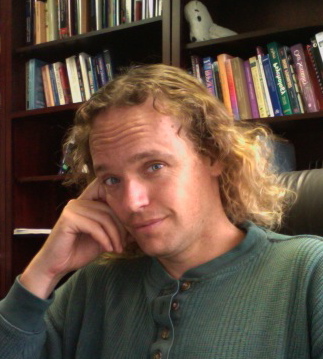Speaker: Chris Eliasmith, Professor of Philosophy and Design Systems Engineering, Director of the Centre for Theoretical Neuroscience at University of Waterloo
Date: Wednesday, October 23rd, 2013
Title: Handling the complexities of large-scale brain models
Category: Seminar
Abstract:
Recent high-profile brain simulations, including those of the 1 billion euro Human Brain Project, are very large and, by some measures, complex. However, they do not exhibit interesting behaviours and so are difficult to compare to much of what we know about the brain.
In this talk, Dr. Eliasmith describes the methods and tools used to construct what is currently the world’s largest *functional* brain simulation, called the Semantic Pointer Architecture Unified Network (Spaun). He demonstrates some of the behaviours the model exhibits and shows that it is similar in many respects to human and animal behaviour. Eliasmith argues that this provides support for the effectiveness of the proposed methods and tools in dealing with complex system synthesis. He concludes with suggestions as to why the tools are effective.
Speaker Biography:
Dr. Chris Eliasmith is a Professor of Philosophy and Design Systems Engineering, as well as the Director of the Centre for Theoretical Neuroscience at the University of Waterloo. In addition, he serves as the Canada Research Chair in Theoretical Neuroscience. Dr. Eliasmith earned his B.A.Sc in Systems Design Engineering from the University of Waterloo and his Ph.D. in Philosophy from Washington University.
His most recent book, titled How to Build a Brain: A Neural Architecture for Biological Cognition, is a step-by-step guide that teaches readers how they can build their own computer model of the human brain.


